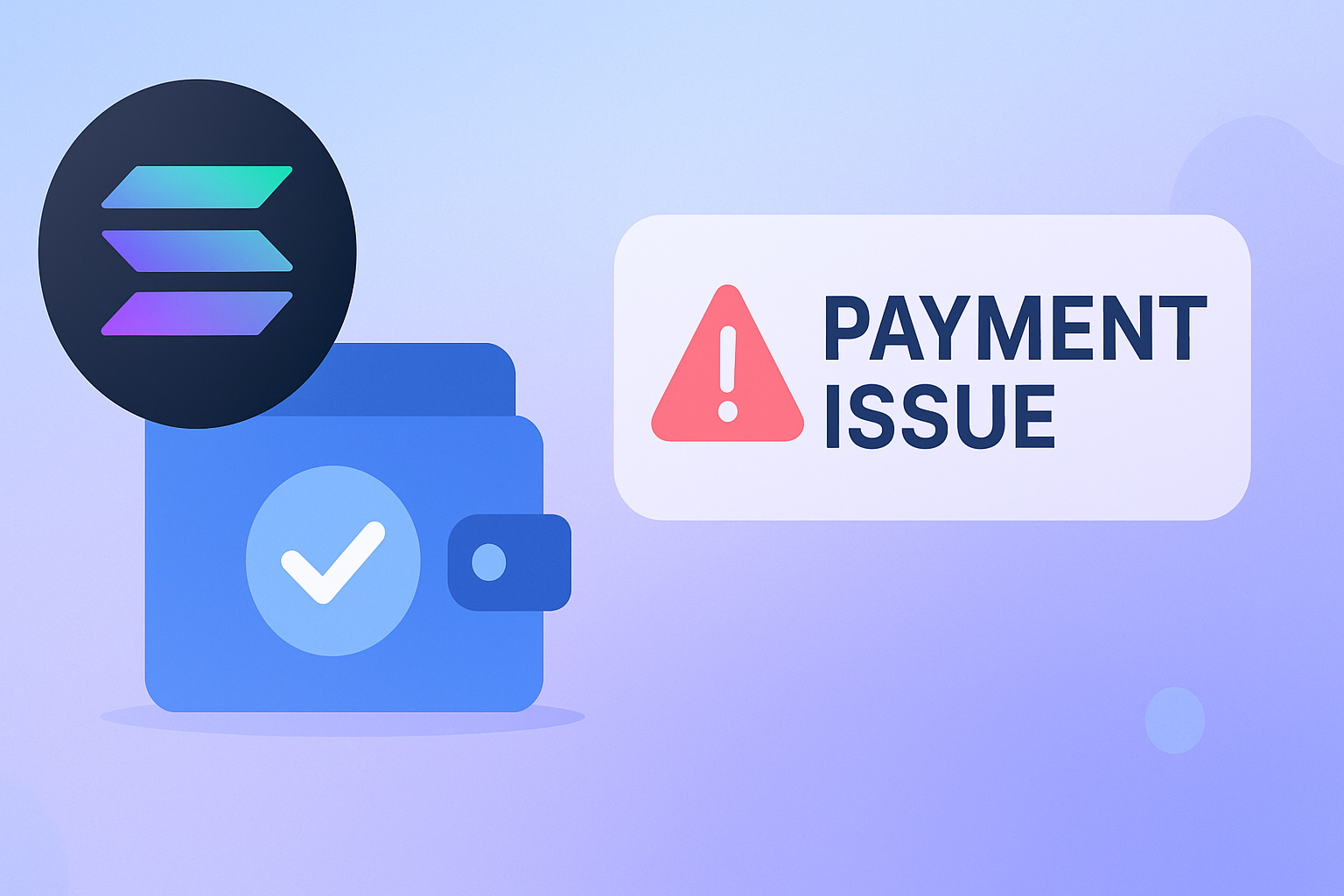If you're working with web applications in Ruby, there may be times when you need to use a proxy to make requests to external resources. A proxy acts as an intermediary between your application and the internet, allowing you to make requests through a separate server. In this post, we'll explore how to use a proxy in Ruby and cover some common use cases.
Here are quick links to the different methods of using Ruby with a proxy for you convenience.
What is a Proxy?
As a quick reminder if you don't already know, a proxy is a server that sits between your application and the internet. When you make a request through a proxy, the request is sent to the proxy server first. The proxy server then forwards the request to the destination server on your behalf. The response from the destination server is sent back to the proxy server, which then forwards the response back to your application. Mobile proxies and DC proxies work in the same way, the difference is whether or not your proxy server has a mobile IP address or a DC IP address.
There are several reasons why you might want to use a proxy or a mobile proxy. For example, you may find yourself wanting to:
- Access resources that are blocked by a firewall or network restrictions
- Hide your IP address or location
- Improve performance by caching requests
- Looking to scrape the web
- Looking to test websites as users in different countries
Proxy Details
Okay great, now that we know what a proxy is, let's get some proxy details of our own set up!
If you don't already have a proxy, signup for an account and purchase one of our mobile proxy offerings!
For the sake of this post, you will need to have a proxy hostname, port, username and password (unless you are authenticating via an IP whitelist
Using a Proxy in Ruby
Thankfully Ruby provides a built-in library called Net::HTTP for making HTTP requests. To use a proxy with Net::HTTP, you need to create a new instance of the Net::HTTP class and pass in the proxy server's address and port number as arguments.
Here's a really simple example of how you can use a proxy or mobile proxy with Net::HTTP:
require 'net/http'
# Create a new Net::HTTP instance
http = Net::HTTP.new('example.com', 80, proxy_host, proxy_port)
# Set the proxy credentials if necessary
http.proxy_user = 'username'
http.proxy_pass = 'password'
# Make a request through the proxy
response = http.get('/path/to/resource')
In the example above, we're creating a new instance of Net::HTTP and passing in the target server's address (example.com) and port number (80) as the first two arguments. We're also passing in the proxy server's address (proxy_host) and port number (proxy_port) as the third and fourth arguments.
If your proxy server requires authentication, you can set the proxy_user and proxy_pass properties to the appropriate values.
Finally, we make a request through the proxy using the get method and passing in the path to the resource we want to access.
Using environment variables
Alternatively we can use a proxy in Ruby through environment variables, for example you can set the following variable:
ENV['http_proxy'] = 'http://user:pass@proxy_host:proxy_port'
If you set the above, and use Net:HTTP, it will use the proxy by default for all requests that you make.
Conclusion
Using a proxy in Ruby can be a powerful tool for accessing external resources and improving performance.
By understanding how to use the Net::HTTP library and passing in the appropriate proxy server information, you can easily make requests through a proxy in your Ruby applications.
Sign up for an account and join our grid today to keep you ahead of your competitors.





